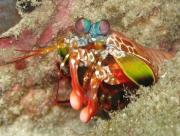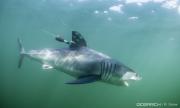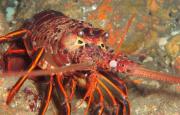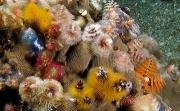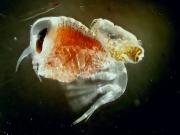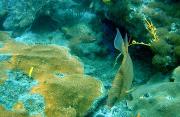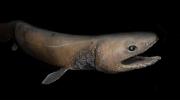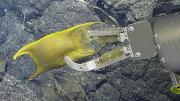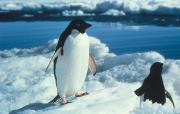Many birds and some primates and other mammals mate with one partner for life, but such monogamy is rare in the animal kingdom. Most animals, including nearly all sea creatures, lead more promiscuous lives, trying to have as many offspring as possible. Having lots of offspring with different mates increases the likelihood of long-term survival for an individual’s genes and its species.
Articles
The Marine Science Institute's monthly column, Science and the SeaTM, is an informative and entertaining article that explains many interesting features of the marine environment and the creatures that live there. Science and the SeaTM articles appear monthly in one of Texas' most widely read fishing magazines, Texas Saltwater Fishing, the Port Aransas South Jetty newspaper, the Flour Bluff News, and the Island Moon newspaper. Our article archive is available also on our website.
If you’re a baby white shark, could Long Island be your summer refuge? That’s the question a team of scientists asked after they noticed a concentration of baby sharks spending time in the New York Bight. They suspected the bight, which is the stretch of the Atlantic Ocean between Cape May, New Jersey and the eastern tip of Long Island, was a white shark nursery because young sharks had been frequently spotted there for several years. But to confirm it, they needed to know the sharks actually stayed there for lengthy periods.
If you’re a Disney fan, you’re probably familiar with Sebastian, the lobster who sings “Under the Sea” in The Little Mermaid. Of course, lobsters don’t sing in real life—but some of them do appear to play a violin of sorts. The spiny lobster does not scuttle around with an actual tiny fiddle, but it makes sounds using a mechanism similar to pulling a soft bow across strings. S
One is purple, one is pink, and one is blue, and it took 40 scientists from 17 countries to find them, more than 4 miles below the ocean’s surface. They are three new species of snailfish discovered in one of the deepest places on earth, the bottom of the Atacama Trench off the coast of Peru and Chile.
Families that celebrate Christmas will likely have a colorful tree lighting up their living room right now. But under the sea, millions of Christmas tree worms remain festive all year. Christmas tree worms, whose scientific name is Spirobranchus giganteus, have two spiraled crowns on their back that each resemble a tiny colorful Christmas tree.
Camouflage is one of the best evolutionary strategies there is for evading predators, and hogfish are masters of it. These pointy-nosed reef dwellers change skin color so rapidly to match their surroundings — literally in milliseconds — that it seems impossible for them to rely only on their eyes to perceive those surroundings.
Sailors’ lore about the ocean has captured popular imagination for centuries, from mermaids and sirens to the mythical Kraken. But often these stories are rooted in a case of mistaken identity. Tales of frightening sea serpents, for example, may have arisen in part from rare sightings of the elusive frilled shark, a long, slender fish that usually lives 400 to 4,200 feet below the surface.
It’s not just humans who enjoy a snack that jiggles and wiggles like gelatin does. To the surprise of scientists, it turns out several penguin species enjoy a bit of jellyfish in addition to their diet of fish, squid, krill and crustaceans. More than 350 hours of video footage from small “penguin cams” in the wild showed that Adélie, yellow-eyed, Magellanic and little penguins eat a wide range of gelatinous critters while hunting for other food.

